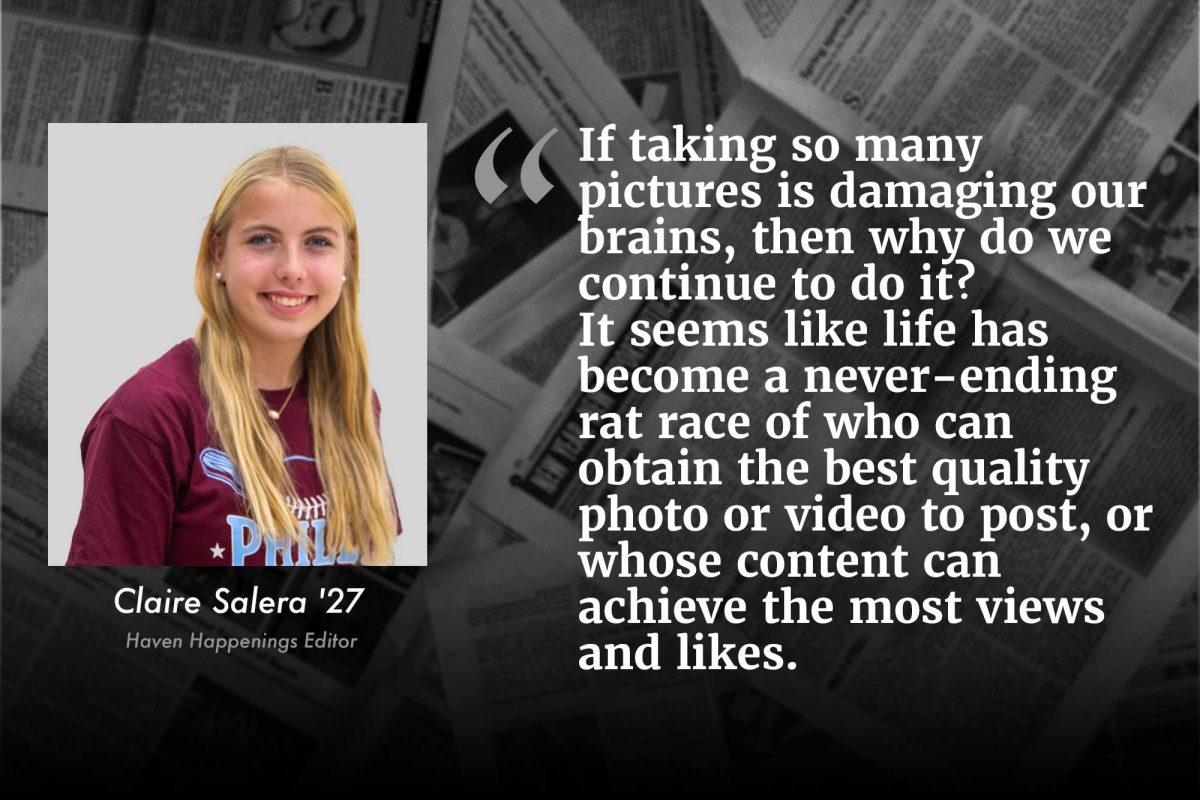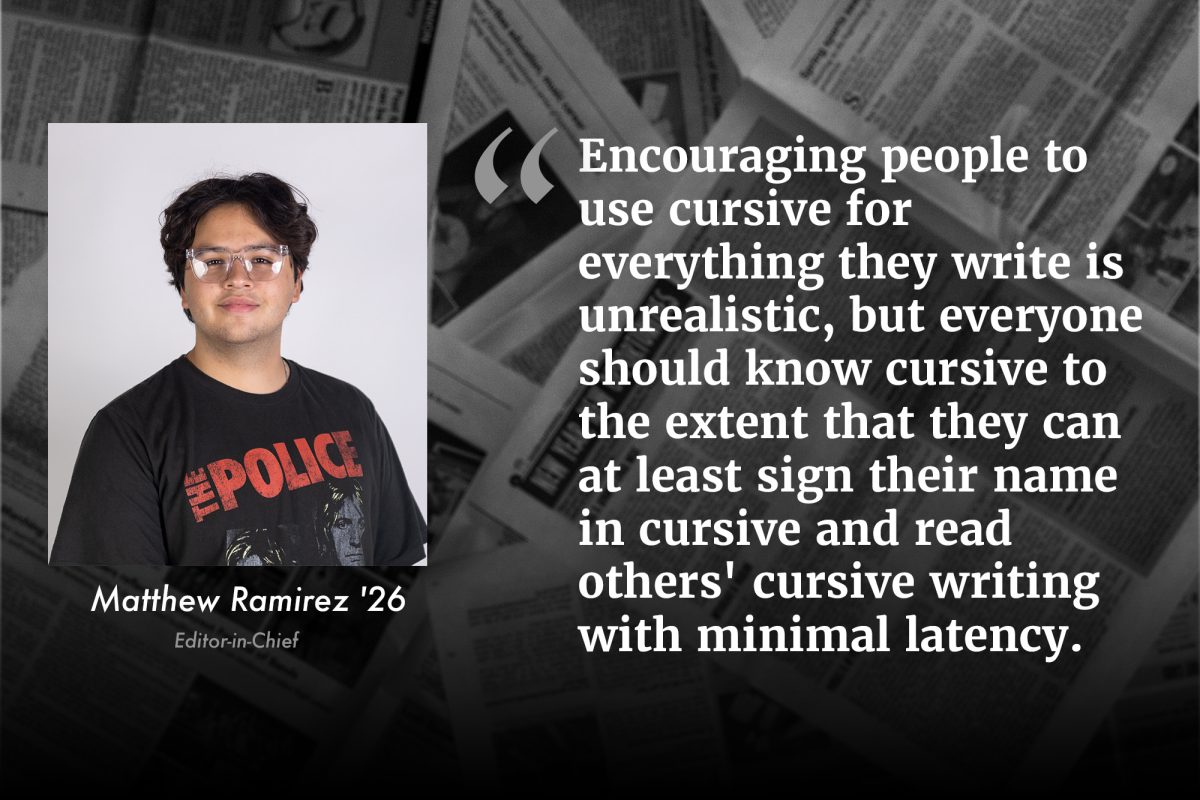There is an ongoing crisis in the United States: the inadequate and radically disproportionate funding between schools in the country, in states and in districts. There is strong evidence that this issue affects opportunities for children who are not as fortunate, as seen with the use of affirmative action in America’s colleges. Affirmative action is a band-aid that attempts to right the wrongs of unequal education in this county, but more can be done. If we look at the way public schools in America are funded today, the three main sources of revenue are local, state, and federal. According to the Upper Darby Sentinel News, across the nation, roughly 35% of funding for public schools comes from local property taxes, 44% from state contributions (which come from state taxpayers), and only 13% from the federal government. In Pennsylvania, the numbers are even more startling: 43% comes from local property taxes, 35% from the state, and only 12% from the federal government. For both the nation and Pennsylvania, the other 8% and 10% come from other local sources, respectively. This has several important implications that create fundamental inequality across America.
Focusing specifically on Pennsylvania, this statistic shows that local sources are responsible for nearly half of all school funding, placing a significant strain on local taxpayers. School districts and their municipalities have the dilemma of raising property taxes to better the schools, or cutting programs and possibly, the quality of education, when funding is short. Not only does this method strain local taxpayers, but it also bases a significant portion of school funding on the demographics and affluence of a community rather than on what the school needs. In an attempt to compensate for this disparity, the state provides school districts in need additional funding, but the state of Pennsylvania does not have a constant formula for determining this number. Rather, the state approves the same amount as the year before, accounting for inflationary expenses and some other discretionary adjustments. Unfortunately, “This system consistently fails to react to a district’s change in enrollment, demographics, or level of need,” according to the non-profit, independent newspaper, The Philadelphia Public School Notebook.
While the state is currently the go-to solution for many school districts in need, there is a limit to how much weight state treasuries can bear, especially when they are responsible for about 44% of district budgets across the country. Using the states to level inequality in school districts is the right goal, but fails to realize the financial impact this has on states and the inequalities that exist from state to state.
Although the court system has not been helpful in resolving this fundamental flaw in America’s education system, there is a relatively simple solution that is better for local taxpayers and for minimizing the disparities between school districts. By federalizing all public education funding, a school budget will no longer rely on the affluence of its community or state, but rather on a common pool of funds to be distributed proportionally to every district in the country. On a national scale, then, a tax increase for education has a much smaller impact on an individual taxpayer. This plan also eliminates the need for schools to rely on property taxes which are dependent on the socio-economic level of a community and have no direct connection to personal income. A local taxpayer may be out of work, yet still have to pay property taxes that they cannot afford when they have no income.
This may not be the perfect remedy to educational inequality in America, but it would diminish the most glaring problems in our current method of funding public education. While it is risky to put all of our eggs in one basket, especially when the government can be shut down for an indeterminate time, I believe this is the simplest solution to efficiently get teachers decent pay, students a decent education, and taxpayers decent stewardship of their money.
















